Africa is forecast to become the world's largest rice import market.
Africa is an important rice export market for Vietnam. During the period 2017 - 2021, Vietnam's rice export turnover to Africa has seen positive growth, from 411 million USD in 2017 to 692.6 million USD in 2021.

However, in 2022 the turnover rice export Vietnam's exports to Africa are estimated at 620 million USD (equivalent to 16% of Vietnam's total export value to the continent), down 10.5% compared to 2021.
The main reason for this decline is the increased need for food reserves in many parts of the world due to global economic and political instability, which has pushed up rice prices, forcing some countries in the African region to cut rice imports.
In addition, the Covid-19 pandemic has also caused Africa's rice imports to decline significantly due to disruptions in the world's rice supply, combined with Africa's internal difficulties in the context of rice-exporting countries cutting exports to ensure food security.
However, according to the April 2025 Grain Market Report by the United States Department of Agriculture (USDA), demand for rice imports in Southeast Asia, especially from Indonesia, is declining. In contrast, demand for rice is increasing sharply from Africa, especially from sub-Saharan countries. Therefore, in 2025, Africa will surpass Southeast Asia to become the world's largest rice importer.
Cheap white rice products especially from India, Thailand and Pakistan dominate the market. African market in recent times. Meanwhile, Vietnamese rice only ranks 4th in this market. However, there are also large rice importers in Africa who are traditional customers of Vietnam. Of which, Ivory Coast is the 2nd largest rice importer in Africa with 1.8 million tons per year. Many years ago, this country was always among the countries that bought the most rice from Vietnam.
The market is large but not easy
The demand for rice imports from African countries continues to increase and Vietnam has many opportunities to boost rice exports to the region in the coming time, especially fragrant rice and Jasmine; medium and low-grade rice will be under pressure from cheap competitive rice from Thailand. However, this market is not the priority choice of many businesses.
Talking to reporters of Cong Thuong Newspaper about this issue, Ms. Nguyen Thi Tra My – Vice Chairman and General Director of PAN Group – said that Vinaseed - a subsidiary of PAN Farm under PAN Group - always puts quality first, therefore, the business focuses on the high-end market. “In fact, Africa is a rather difficult market because the import price is very low. We also had a plan to export confectionery to Africa but it was not successful,” Ms. Nguyen Thi Tra My shared.
In addition to the export sector, the company also wants to focus more on the domestic market with packaged rice. Currently, the market share of packaged rice in Vietnam is only 5%, while Thailand's is up to 60 - 70%. Therefore, Ms. Tra My believes that this is a great opportunity for Vinaseed. “With the new direction, we will restructure both domestic and export markets to ensure the best business efficiency,” Ms. Nguyen Thi Tra My informed.
Meanwhile, talking to reporters According to the Industry and Trade Newspaper, a representative of a rice exporting enterprise in Vinh Long, Vietnam's rice exported to Africa is mainly 15% long grain white rice, 25% broken rice, except for the two countries that import the most parboiled rice, fragrant rice and 5% broken rice, which are South Africa and Nigeria.
In recent years, importers in Africa have increasingly sought to buy more Vietnamese fragrant rice due to its stable quality and competitive prices. However, for two major consuming and importing markets of medium and high quality parboiled rice and fragrant rice such as South Africa and Nigeria, the amount of Vietnamese rice exported is still very small.
Vietnamese rice is currently exported to Africa mainly through intermediaries. Although market demand is increasing, businesses are reluctant to export to this market due to the lack of transparency in information about the rice market and rice exports. In addition, Africa is a remote area, with many potential risks in payment and transportation.
Vietnam exports rice to 54 African countries, of which the largest rice import markets include Ghana, Ivory Coast, Senegal, Mozambique, Cameroon, Tanzania, Egypt... Last week, rice businesses in the Mekong Delta also confirmed that rice prices are increasing due to high demand in the African and Philippine markets while the winter-spring crop has ended, so rice supply is limited.
According to the General Department of Customs (Ministry of Finance), from the beginning of 2025 to April 15, Vietnam exported 2.85 million tons of rice, up 6.4% over the same period last year. However, due to the average export price of rice to the world decreasing by 20.1%, from 647 USD/ton in the same period last year to 517 USD/ton in this period, the rice export turnover only reached 1.47 billion USD, down 14.9% over the same period last year.
In the first quarter of 2025, Ivory Coast was Vietnam's second largest rice export market with 143 million USD, up 138% over the same period last year. Besides Ivory Coast, rice exports to Ghana were 106 million USD, up 105% over the same period last year.
Experts say that although the rice cultivation area in Africa has expanded in recent times, rice production is forecast to not be able to keep up with the growth in rice consumption demand and population growth in the region. This will be an opportunity for Vietnam to export rice to this market if businesses step up promotion and increase the presence of Vietnamese rice products in Africa.
At the same time, proactively seek measures to improve competitiveness and quality. Export rice, invest in upgrading harvesting technology, and preserve rice after harvest. Enterprises also need to focus on training human resources with foreign language proficiency, in-depth knowledge of foreign trade, and experience in rice export business activities with the goal of long-term and sustainable penetration into the African market.
Source: https://baoquangninh.vn/xuat-khau-gao-co-hoi-tu-thi-truong-chau-phi-3355554.html












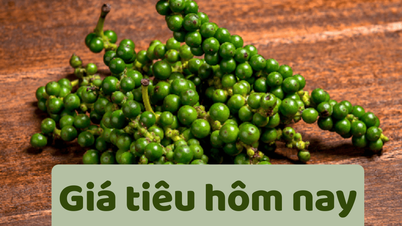











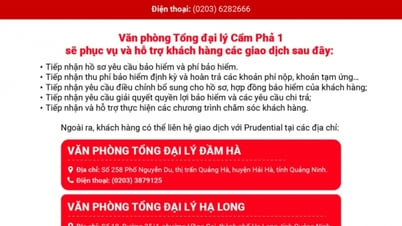
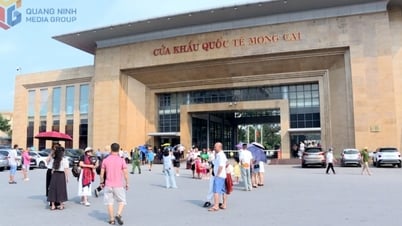

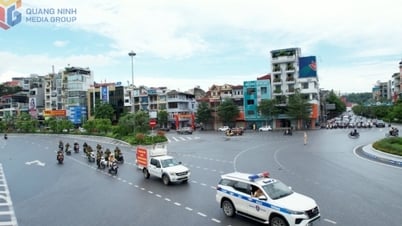


























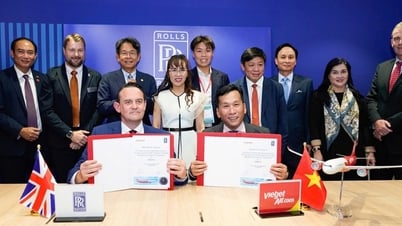



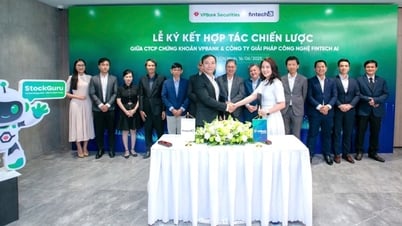







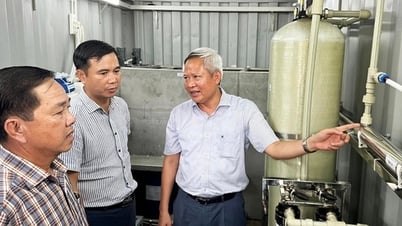














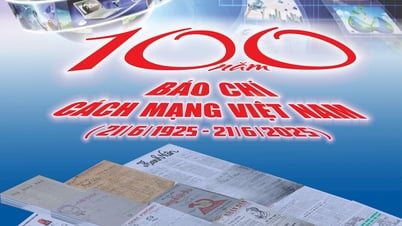














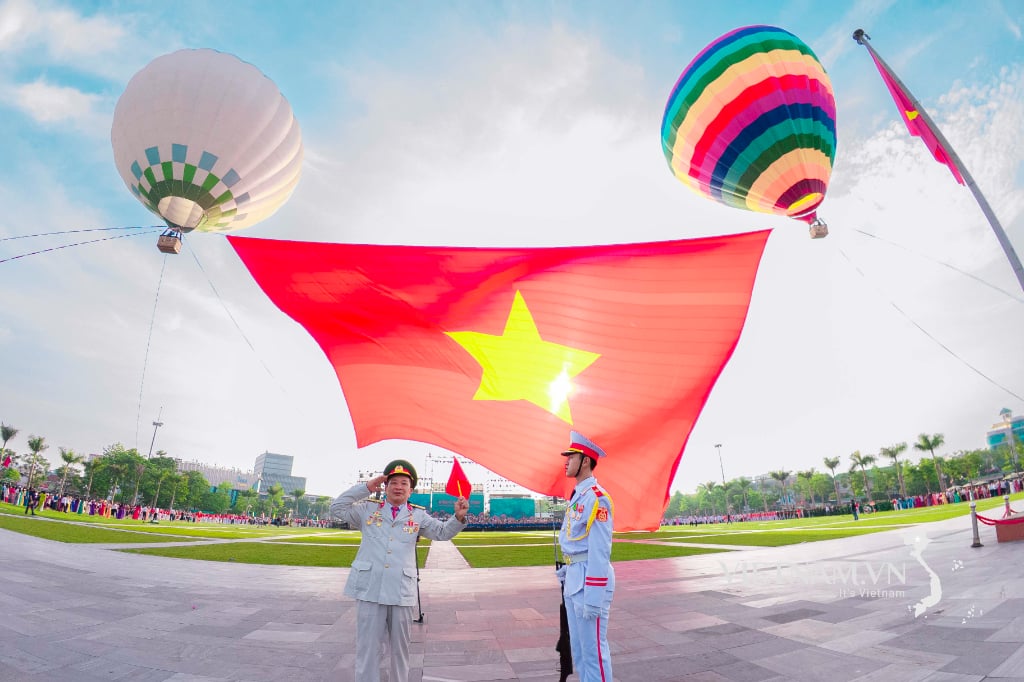
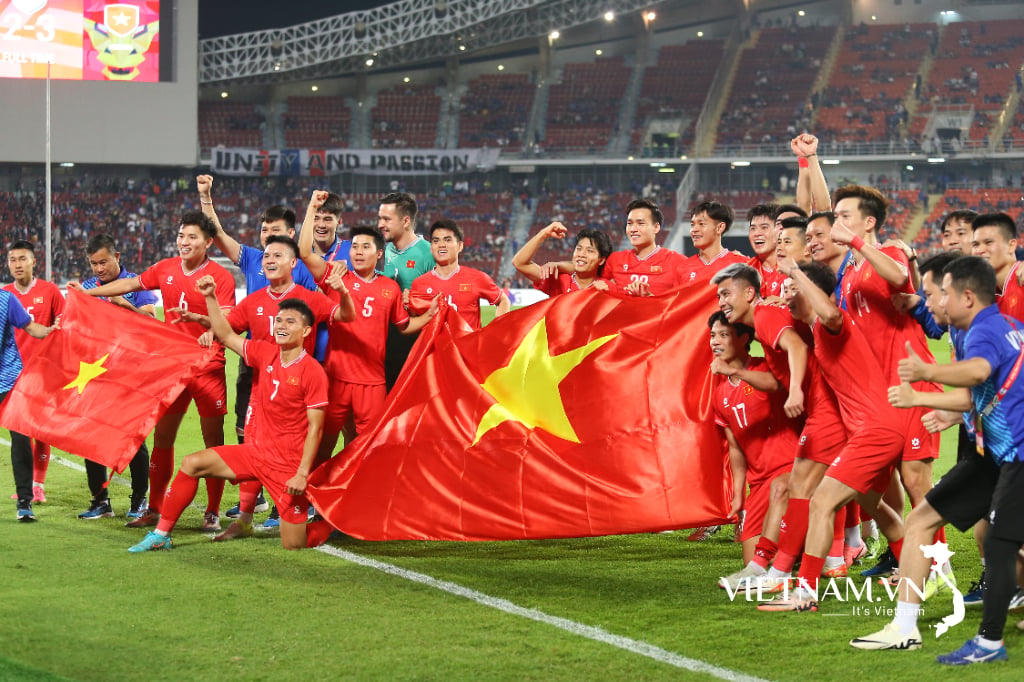
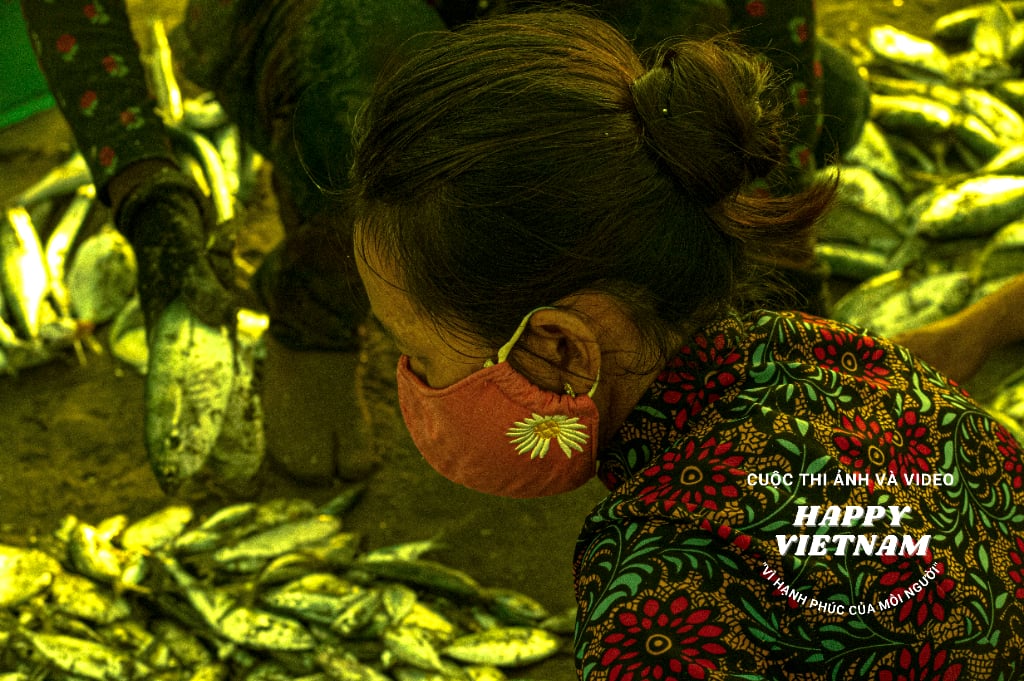
Comment (0)